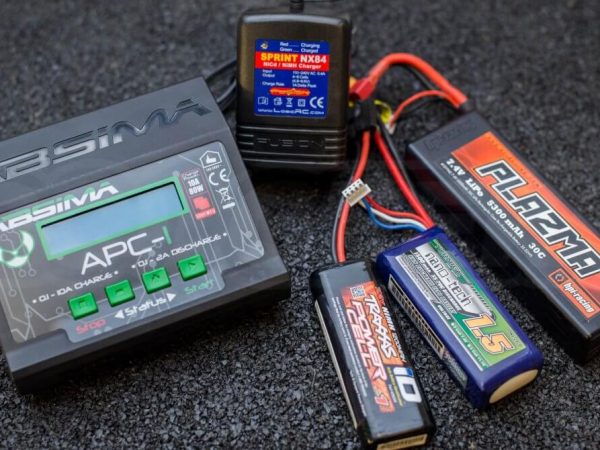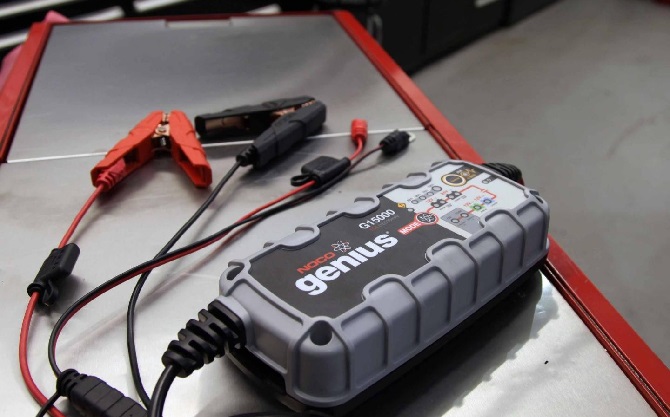18
Jul

Basically, a battery is constructed of a number of cells with a lead-acid battery cell generating around 2V. Smaller batteries usually contain 6 cells in one container, making a total of 12V at the terminal points. Even though this type of batteries is referred to as 12V batteries, the voltage can vary. Namely, it changes from 12.6V-10V when discharging, to 15V-16V when charging.

In order to charge the batteries to maximum capacity, there are a few stages that these need to go through. These stages are what makes the charging process safe and keeps the batteries away from any risks of getting damaged. Today, the most widely used tool for charging is the smart battery charger. It comes with at least 3 charging stages that make the whole process simple, fast and most importantly, safe. Let’s go through the stages.
The first stage of the charging process is called the boost. What it entails is allowing the smart battery charger to put in the maximum capable current into the batteries. This part continues until it is completely safe to do so. The boost stage actually operates as a constant current charger. For instance, if a charger is rated to 10amps, it will continue charging at a constant rate of 10 amps up until the point when the battery reaches its voltage set point. Generally, the voltage set point of a battery is somewhere around 14.4V-14.7V. Then it shifts.
After the first stage of the charging process is complete, the smart battery charger will automatically switch over to the second stage, which is the absorption stage. The charger now shifts from a constant current charger to a constant voltage charger. This is needed in order to ensure that the voltage is held at a set point. This set point is usually around 14.4V. All this is achieved by slowing the amps rate into the battery. If not properly done, the voltage will continue to rise and ultimately damage the batteries. The main purpose of this important stage is to allow the battery to absorb the last of the needed current (amps) which is needed in order to become fully charged. And then comes the last stage.
The state of charge when the charger enters the float, or also known as maintenance stage mainly depends on the type of charger you are using. In some cases, it happens when the battery reaches 85% charge, while in other instances it starts after the battery is 95% charged. This stage means the voltage will now start to taper down and maintain a steady 13.2V-13.4V. While this stage is in progress, charge is constantly going into the battery but the rate is adjusted to make sure that a full state of charge (100%) is achieved and nothing more. This feature of the smart battery charges protects the batteries from overcharging and major possible damages.